Egypt is considered for its ancient temples and remarkable architectural and historical monuments. There’s a lot of other attractions in Egypt though. From magical rivers to large golden-sanded beaches and impressive Egyptian architectural monuments and temples. Egypt is certainly a worthy bucket-list destination. Read More about Egypt… One such destination in Egypt which is well recognized in the world is Luxor and this city is a blend of modern and ancient culture. In ancient times, the city was known as home to the god Amun, an idol who became connected with Egyptian royalty.
Let’s start our virtual travel of this Egyptian city popular for ancients temples.
Luxor: Ancient Egyptian Capital
Luxor is also the capital of Luxor Governorate which is acknowledged famously for its oldest and most Ancient Egyptian sites. Earlier it was known as Thebes which means Waset, in ancient Egypt, Luxor is often popular as the City of Hundred Gates, for most temples and for having World’s greatest open-air Museum. This modern Egyptian city is settled near the Nile River and its vicinities had a population of more than 450,000 people.
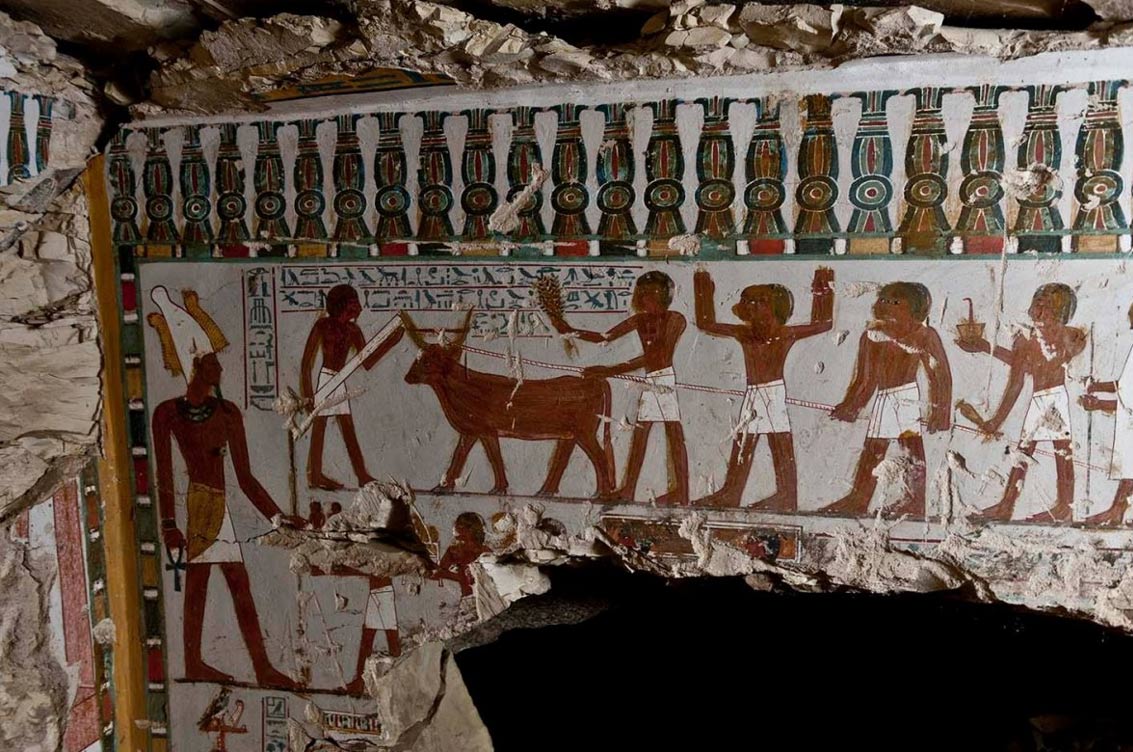
Iconic sites of Luxor includes Karnak Temple, Luxor Temple, the Valley of the Kings, Valley of Queen and Queen Hatshepsut’s mortuary temple at Deir al-Bahari.
History of Luxor
Thebes (now known as Luxor) was the capital of Egypt during the Dynasty of the New King Kingdom and considered the ‘Glorious city’ of the god Amon-Ra. From the 11th Dynasty, Luxor developed from a tiny village to a rapidly growing city, known primarily for its wealth and status, comfort and also as a hub for knowledge, art, religious and political supremacy. In a short time, the city became a centre of wealth, growing fame, not only in Egypt but also throughout the world. Luxor played a major role in dissolving and removing the Hyksos in Upper Egypt and established it as a major hub and centre for financial, religious and military power from the 18th to 20th Dynasty.
Also Read: Colossi of Memnon- The Singing Statues of Egypt
Historical Landmarks & Stunning Temples of Luxor
There are many iconic landmarks, historical monuments and temples in Luxor. Most popular ones we are mentioning below let’s have a look!
Karnak Temple- Largest Temple City of the Ancient World
The topmost temple complex of Egypt and the largest temple city of the ancient world goes to Karnak Temple of Luxor. The vast temple town of Karnak has many structures which belong to dating back 4,000 years. Because of its immense popularity, it is always on the top of the traveller’s itinerary. Located on the east bank of the Nile River in Luxor. Talking about the central region of the complex, it is dedicated to Amun-Ra god associated with Thebes and hold the most spacious in the complex. Moving towards south a smaller area is dedicated to his wife, the goddess Mut.
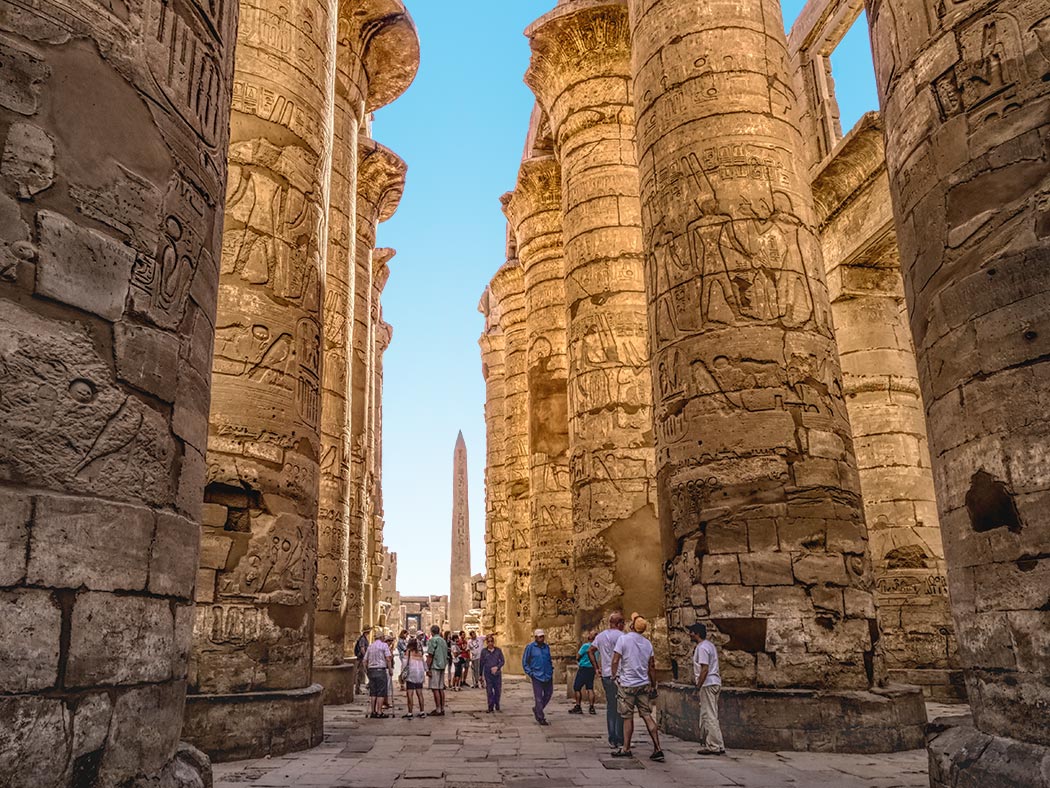
The northern portion of the temple is dedicated to the falcon-headed god of war that is Montu. This construction at Karnak inaugurated around 4,000 years ago and lasted until the Romans captured Egypt. Each Egyptian ruler who served at Karnak left his or her own architectural mark. Egyptian rulers created a series of 10 pylons at Karnak, all pylons are connected to through walls. At Karnak, you can also watch The Great Hypostyle Hall, the Temple of Amenhotep IV and Khonsu Temple.
Valley of the Kings
The most famous collection of complex tombs is found at the Valley of the Kings which is the Kings is situated on the western bank of the Nile near the ancient city of Thebes. The Valley is the ancient burial ground since around 2100 BC for some of Egypt’s most famous pharaohs (rulers in ancient Egypt) such as Tutankhamun, Seti I, Ramses II, queens, high priests, and other elites from 18th, 19th, and 20th dynasties of the New Kingdom period (1550–1069 BC).
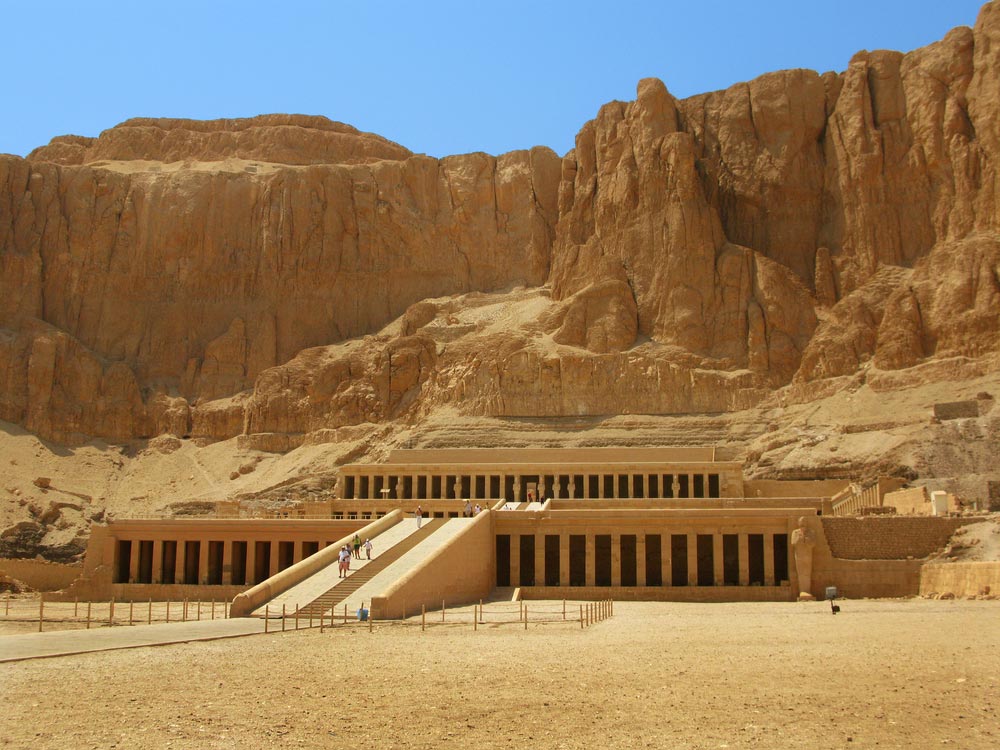
The ancient Egyptians built massive public monuments to their pharaohs that why the Valley of the Kings consists of 63 sumptuous royal tombs but hidden treasures were also created under the monuments. But in past, these tombs were undergone robbery, treasure hunting and faced floods. And thus this affected durability of paintings that were made on plaster laid over limestone on the tombs.
Valley of Queens
The Valley of the Queens is positioned near the Valley of the Kings and this landmark is was known to the ancient Egyptians as the place of the children of the king. It contained the tombs of queens, princes, princesses, court dignitaries. The more striking tomb is of Nefertari, the wife of Ramesses II, the pharaoh who is known for the temples he built at Abu Simbel.
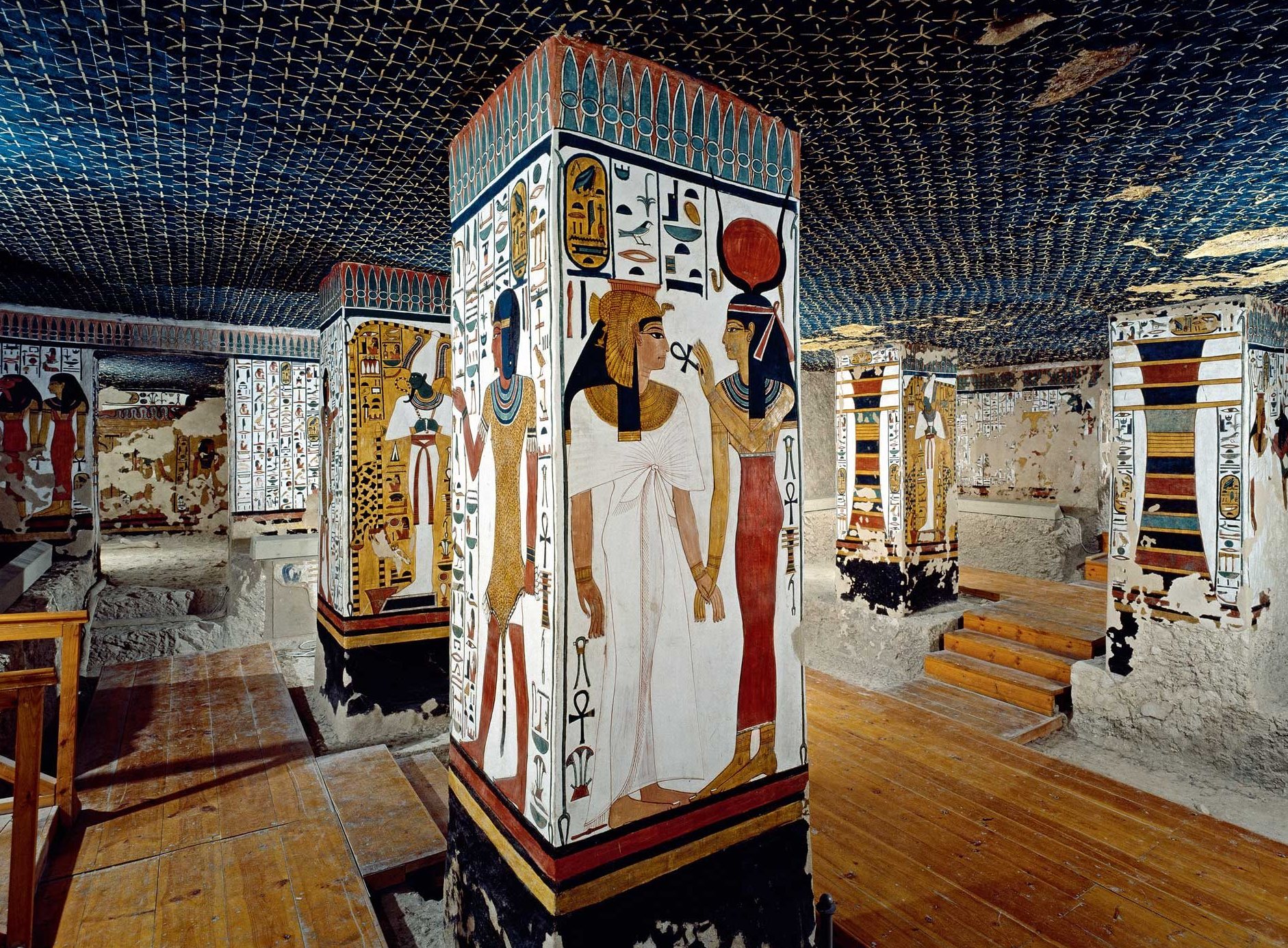
The tomb of Nefertari is similar in structure to those of the pharaohs that have been dug in the Valley of the Kings. The ceiling has many motifs and on the walls, many paintings, iconographic and textual collection is displayed.
Deir el-Medina, Luxor
Deir el-Medina is the modern Arabic name for the worker’s village which is now an archaeological site of Egypt. It is located between the Valley of the Kings and Valley of the Queens. It was home to the local servants, artisans, draftsmen, local rock cutters and workers of ancient Luxor who carved and decorated the royal tombs in the nearby Valley of the Kings and Queens. Its description is also given in a book written by Leonard Lesko.
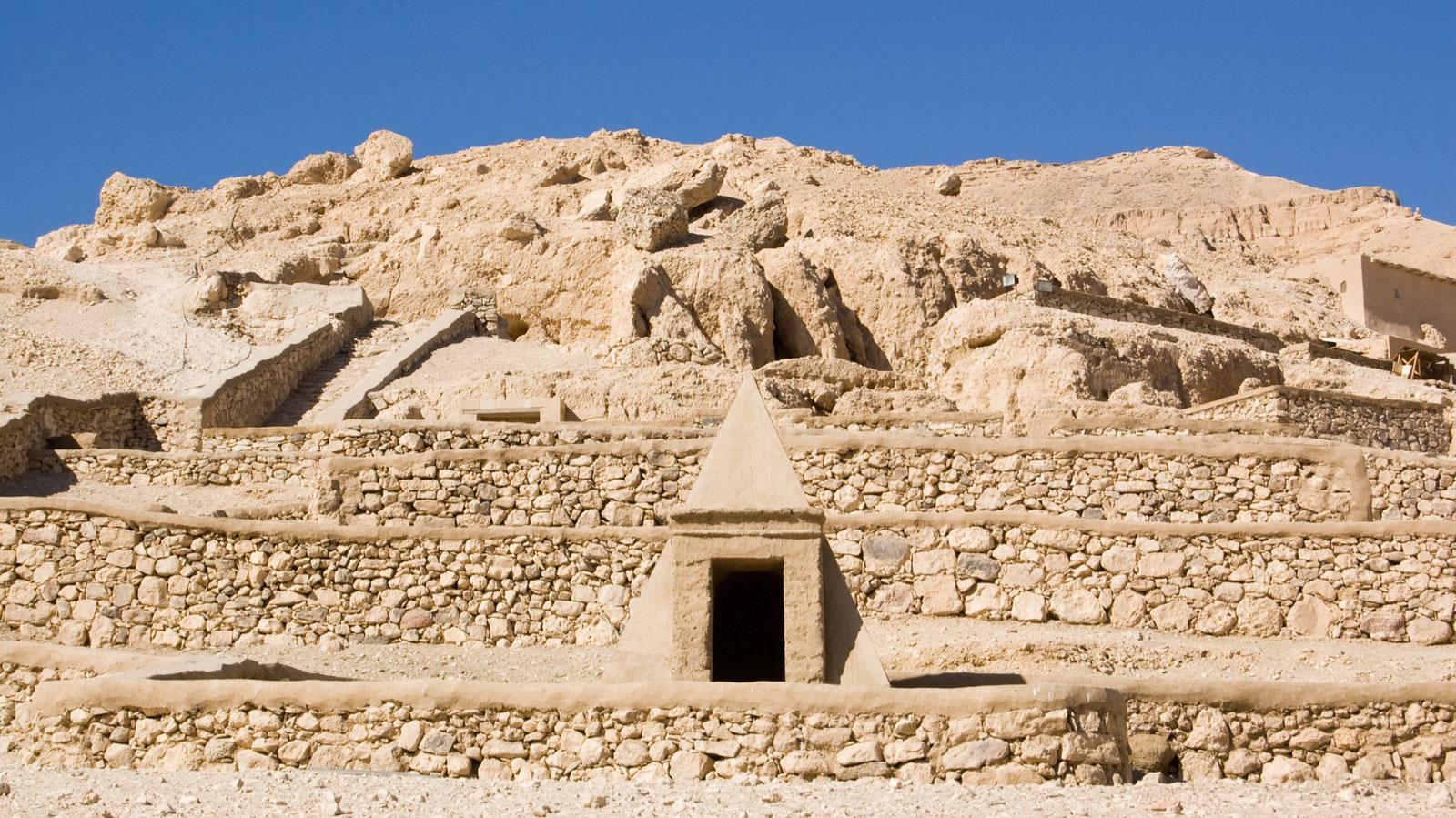
All the people of this village were skilled labourers as climatic conditions were not suitable in Egypt at that time. Now Deir el-Medina is listed among the most important archaeological sites in Egypt because of the abundance of information it provides on the daily life of the people (skilled villagers) who lived there. Severe mining at the site was begun in 1905 CE by the Italian archaeologist Ernesto Schiaparelli and furthered by others during the 20th century CE.
Luxor Temple
Luxor Temple is situated on the Nile River’s east bank, designed to celebrate Egypt’s famous Opet Festival. Initially, the construction was started by Amenhotep III but later carried by Tutankhamun and Horemheb and completed it. Some of the add on and extra construction was later done by Rameses II (1279–1213 BC). Luxor temple is devoted to the revival of royalty and here many royal rulers of Egypt were crowned.
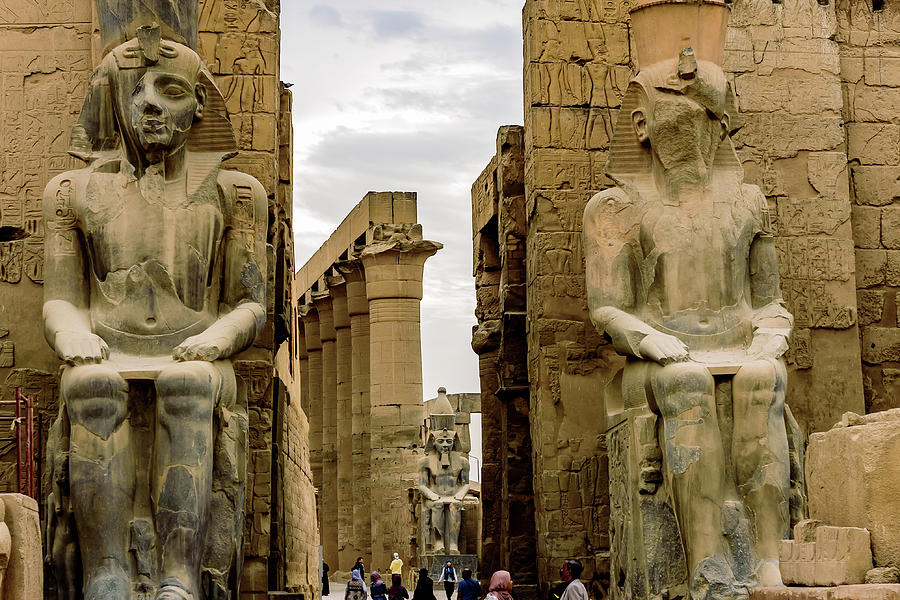
This temple is the most elegant and majestic shrine resided in the heart of the modern town. It is also known as the Southern Sanctuary. When the statues of Amun, Mut and Khonsu were returned from Karnak, along the Avenue of Sphinxes from that time this Opet festival celebration began. This temple is lit up in the night, creating a mesmerising shadow of colonnades.
The Avenue of Sphinxes, Luxor
This Avenue of Sphinxes once linked the pathways between temples in Luxor and in Karnak. These sphinxes combine a lion’s body with King Nectanebo I’s head (380–363 B.C.E.). In the 4th century B.C.E., they were restored to replace the destroyed New Kingdom sphinxes.
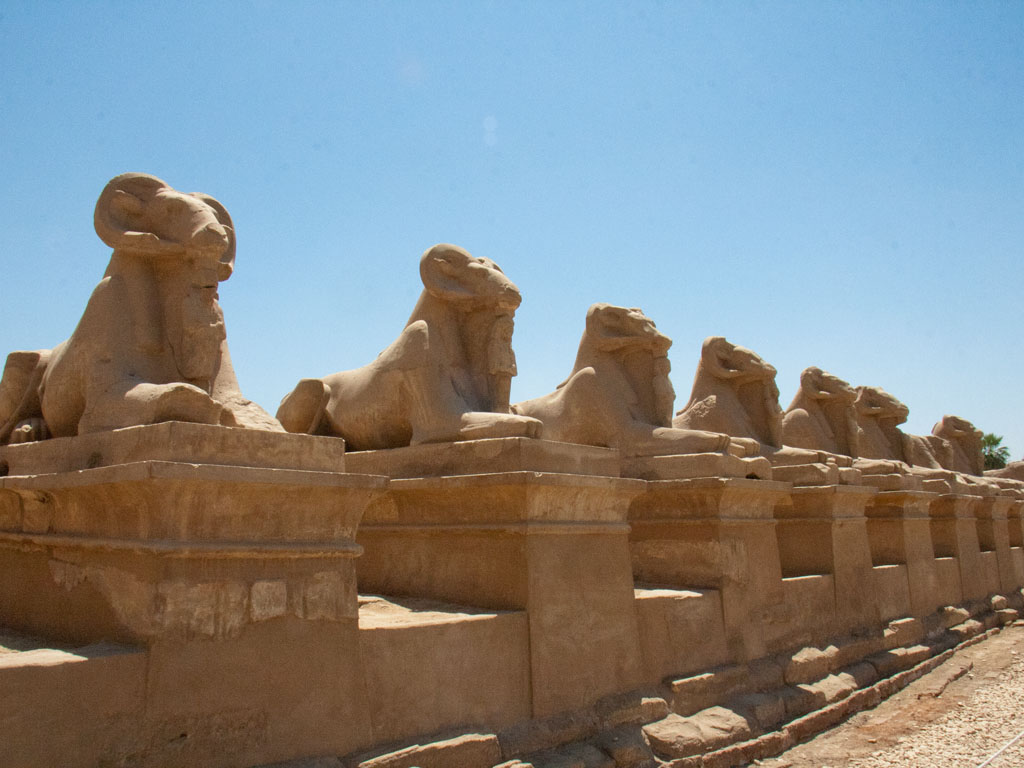
Many paintings are carved on the wall with sandstone. At Luxor temple, Amun has magically transformed into Min the god of fertility. Around 1,350 sphinx statues are considered to have lined this road together with chapels. Queen Hatshepsut (1479-1425 BC) built six of these chapels. Each of these had a definite meaning, such as cooling Amun’s oar or receiving Amun’s beauty.
Also Read: Yonaguni Monument: Ancient & Mysterious Underwater Pyramid of Japan

